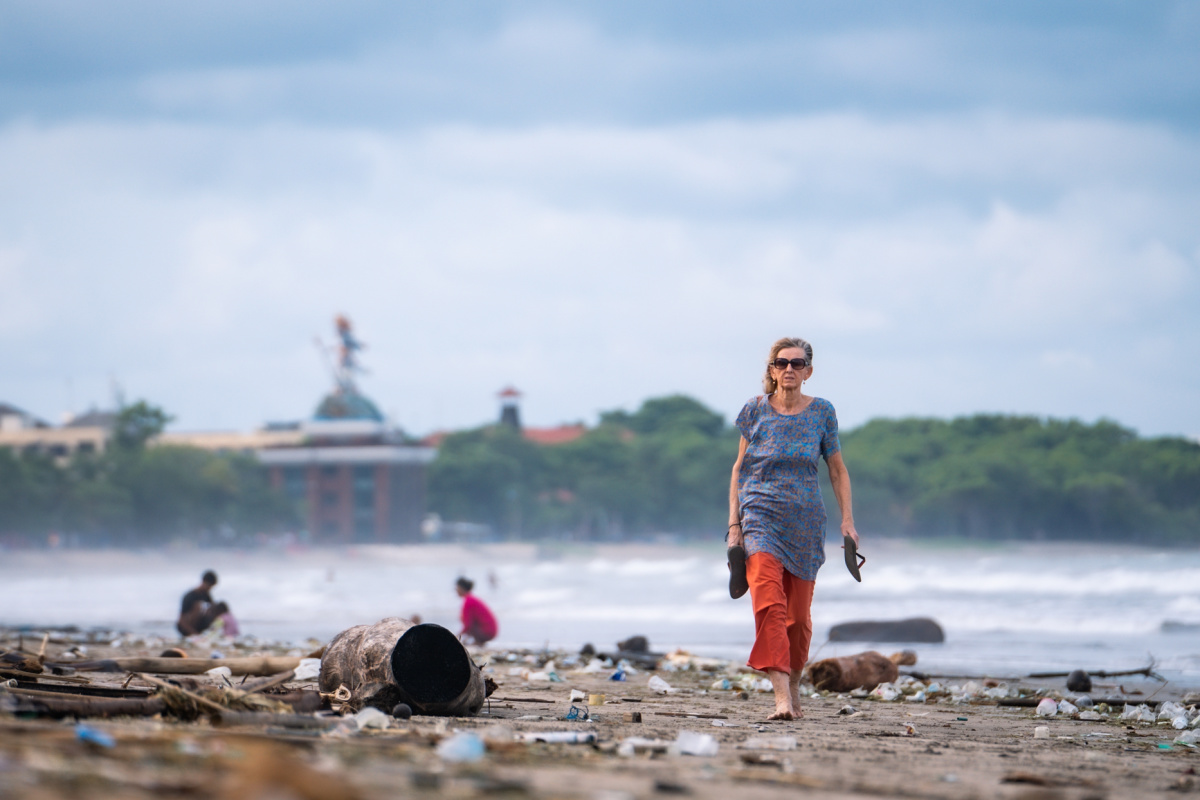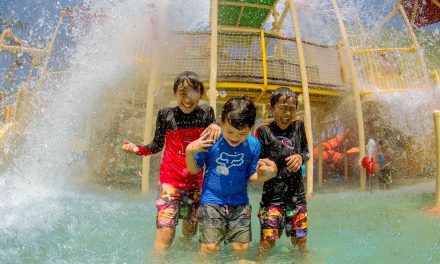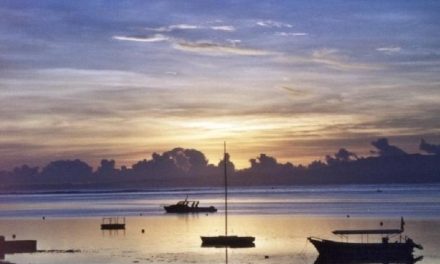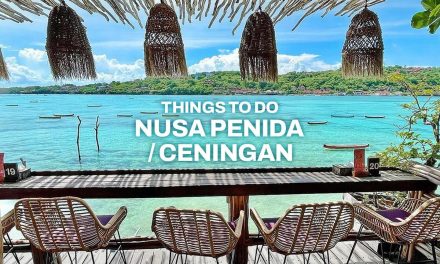It’s that time of year again! If you’re among the Bali aficionados returning to this enchanting island, you’re well aware of the challenges that come with it; first-time visitors, brace yourselves!

Welcome to plastic tide season—the unavoidable reality of visiting Bali during the rainy months. Let’s dive into what you need to know to make the most of your trip despite this unfortunate occurrence.
Bali: A Natural Paradise with a Plastic Problem
Bali, often hailed as one of the most stunning islands globally, boasts pristine white sandy shores and volcanic black sand beaches, drawing tourists back year after year. However, this beauty comes with a harsh truth. Each rainy season, an alarming amount of plastic litter washes ashore, painting a less picturesque picture.
This week, the initial wave of this year’s plastic tide made its presence known at Samigita Beach, which covers a vast area of the Badung Regency, including popular spots like Kuta Beach, Legian Beach, and Seminyak Beach.
The Scale of the Problem
This week, an astonishing 150 tonnes of plastic and waste were cleared from the beaches, and environmental teams from the Badung Regency are prepared for more as the rainy season progresses. Talking to reporters, Made Gede Dwipayan, the Coordinator of Marine Debris Evacuation Detection, shared insights into how Kuta Beach, Legian Beach, and Seminyak Beach have been gradually impacted since late November.
During this initial clean-up mission, a staggering 75 trucks were used to remove the debris and restore these beautiful beaches so they can be enjoyed once more.
Where the Waste is Hitting Hardest
Kuta Beach has taken the brunt of this wave, with approximately 80 tonnes of plastic waste washed up, followed by Seminyak with around 40 tonnes and Legian with 30 tonnes. Besides plastic, natural debris such as driftwood and tree trunks adds to the mess.
What Happens to the Waste?
The majority of this waste is transported to the Mengwi Recycling Center, where wood is sent through a chipper, while non-recyclable materials are sent to a local landfill. Dwipayan revealed that the waste levels are typical for this time of the year, and his teams remain vigilant and ready to tackle further challenges.
He commented on the situation, “The condition of last year’s waste shipments is almost the same. The months are also almost the same,” indicating that the yearly cycle of plastic tides is consistent and annual clean-ups are a necessary routine.
Planning Your Visit During This Season
If you’re planning a trip to Bali during the rainy season, it’s critical to keep these beaches in mind: Jimbaran Beach, Kedonganan Beach, Kuta Beach, Legian Beach, Double Six Beach, Seminyak Beach, and Petitenget Beach are often affected by the ocean’s waste.
- Last rainy season, Jimbaran and Kedonganan Beaches witnessed one of the worst plastic tide events, with debris reaching up to 1 meter deep in some areas!
- While Bali’s stunning beaches are not immune to this issue, beaches like Sanur, Candidasa, Amed, Lovina, and those near Nusa Penida generally escape severe impacts from the currents.
- Bali’s bustling spots like Uluwatu and Canggu are less prone to plastic tides but can still accumulate significant debris during the rainy season.
This is a stark reminder that ocean plastic pollution is not confined to Bali; it’s a global crisis affecting coastlines everywhere. Whether it’s massive piles of plastic or invisible microplastics, the issue lingers beyond Bali’s shores.
As you traverse this beautiful island, remember to do your part. Bring reusable items, support local clean-up initiatives, and share your experiences. Together, we can work towards keeping Bali a paradise for years to come!






